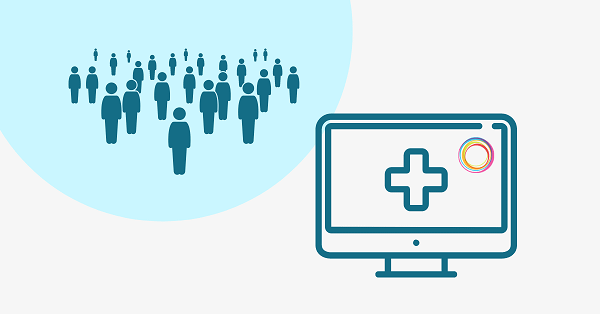Digitization of processes in healthcare facilities has developed rapidly over the last decade. Billions of dollars have been invested in areas as diverse as electronic health records, big data, virtual reality, artificial intelligence, predictive healthcare, and wearable medical devices.
We recently conducted a poll on LinkedIn amongst hospital executives. The poll focuses on the preferred methods of enhancing physical security onsite. Minimizing entry points and enforcing check-in procedures were the leading vote-getters, with increasing visitor monitoring and installing metal detectors also garnering votes.
Physical security is a hot-button topic in the industry, especially in the wake of recent hospital shootings. Utilizing digital solutions to assist hospitals and other facilities with visitor screening plays a role in the overall strategy for security.
How Healthcare is Transforming Digitally
Before discussing digital security solutions, we should consider the wider impact of digital transformation in healthcare. Compared to other industries, healthcare lags in adopting and implementing digital solutions, but hospital shootings have forced many healthcare facilities to escalate security reviews to the C-suite level.
COVID-19 and Digital Transformation
The COVID-19 pandemic provided an impetus for digital transformation in healthcare. The need for comprehensive and rapid healthcare compliance technology, recognized before the pandemic, became vitally important as healthcare professionals needed to travel seamlessly between facilities as viral hotspots flared up across the country and the world. The pandemic also highlights the need for improved healthcare security solutions to detect noncompliance issues with COVID protocols and prevent the spread of the disease via unauthorized visitors or vendors.
Patient Demand for Digital Healthcare Services
Consumer demand plays a role in a facility’s digital transformation. Deloitte notes, "as consumers increasingly take charge of their health decisions, health systems align digital investments to their overall business strategy.” Virtual telehealth, for instance, is now expected by customers and is no longer seen as an added extra.
The implementation of digital healthcare, of course, provides new challenges to facilities. Chief among them is cybersecurity. The sheer amount of data generated by electronic health records — vital for big data analysis and predictive healthcare — makes medical data a tempting target for hackers. Health care facilities are among the top targets for ransomware attacks. Any healthcare facility implementing digital technology initiatives must include cybersecurity in its suite of healthcare security solutions.
Utilizing Digital Solutions to Enhance Security at Your Healthcare Facility
On June 1, 2022, a disgruntled former patient entered Tulsa’s Natalie Medical Building with an AR-15 style rifle. In the chaos that followed, he killed two doctors, a receptionist, and a patient.
Unpleasant though it is, healthcare facilities have to consider the potential threat of intruder violence and aggressive patients. Not only is the safety of providers, patients, and other visitors at stake, failure to take adequate precautions can leave a facility open to legal liability.
While no healthcare security solutions can eliminate the threat of such actions, facilities can mitigate risk. Hundreds of patients, providers, vendors, and visitors can be in a hospital anytime. Health care facilities need an effective way to track people’s movements.
How Has Technology Impacted Healthcare Security?
Visual security precautions deter violence, including bullet-resistant film on kiosk windows, security cameras, and a physical security guard presence. Visual indications your facility prepares for unwanted intrusions can scare off potential trouble, as violent intruders often research attacks carefully. A solid security system indicates an attacker has less chance of success, encouraging them to abandon their intended plan.
On a more subtle level, healthcare security solutions act as deterrence by making it clear visitors are tracked and monitored. For instance, the SEC³URE GO! badge syncs with a mobile app to upload a vendor’s visit information and show their compliance status as they enter facilities. Digital badges make it easy to verify when visitors enter buildings, which locations they have permission to enter, and when they leave the building.
Fundamentally Shift Your Business with Digital Solutions for Healthcare
Careful selection and implementation of digital solutions can impact your business model, but it’s best if you let your desired business model impact your technological solutions. There is no single route to successful digitization and no guarantee of success. Facilities that focus on how technology can benefit their business model see greater success than those that install the latest technology merely to be “cutting edge.”
IntelliCentrics will be in attendance for AHRMM 2022 on August 8-9 to discuss how our digital solutions can help healthcare facilities improve their security measures. Contact us to learn more about these solutions.




